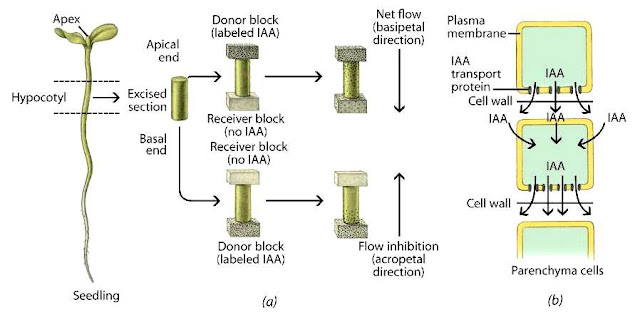- Control Of Heart Rate -
The Autonomic Nervous system
It has two subdivisions:
It has two subdivisions:
- Sympathetic nervous system - stimulates effectors so speeds up any activity. Acts rather like an emergency controller // allows us to cope with stressful situations heightening our awareness and prepare us for the activity.
- Parasympathetic nervous system - inhibits effectors so it slows down any activity. It controls activities to a normal resting conditions // conserves the energy and the body's reserves are replenished.
The system oppose each other - antagonistic. If one contracts a muscle the other relaxes a muscle. Each doing the opposing job
- Control Of Heart Rate -
Cardiac muscle = myogenic // able to contract without receiving signals.
- Sinoatrial node (SAN) is in the wall of the right atrium, recieves an electrical activity which spreads across both atria casuing them to contract. SAN is like a pacemaker, setting the rhythm of the heart.
- Layer of non-conductive collagen tissue // atrioventricular septum // stops waves of electrical activity from being passed directly to the ventricles.
- The waves are then passed to/enters the atrioventricular nodes (AVN) This is in between the atria
- There is a slight delay when the AVN passes the electrical activity to the bundle of His // a series of muscle fibres (Purkyne tissue) which collectively make up the bundle of His // the atria would have had to emptied before the AVN reacts.
- Bundle of His grouped of muscle fibres responsible for conducting the waves of electrical activity between ventricles to apex. // bottom of the heart.
- Purkyne tissue carries the waves of electrical activity into a muscular walls of both ventricles, both contracting at the same time // from the bottom up.
- Modifying the resting heart rate -
Adult human hearts has a resting heart beat of 70BPM // important to be able to change this heart rate in order to meet the varying demands for oxygen.
During exercise the heart rate is likely to increase to double the original resting heart rate.
Medulla Oblongata = controls the changes to the heart rate in the a region of the brain // sub-divided into two centres:
- Centre that increases heart rate - linked to sinoatrial node - sympathetic nervous system (SNS)
- Centre that decreases heart rate - linked to sinoatrial node - parasympathetic nervous system (PNS)
- Control by chemoreceptors -
Pressure receptors = baroreceptors in the aorta & carotid arteries // stimulated by high & low blood pressure.
Chemical receptors = chemoreceptors in the aorta, carotid arteries, and medulla // monitor oxygen levels in the blood and carbon dioxide and pH - both indicators of O2 levels.
This works by:
- Blood has a higher than normal concentration of carbon dioxide // pH is lowered.
- Chemorecpetors in walls of carotid arteries // aorta detect & increases the frequency of nerve impulses to the centre in medulla oblongata - increases heart rate.
- This centre increases the frequency of impulses via SNS to SAN increasing the rate of production of electrical waves by SAN thus increasing the heart rate
- Increased blood flow that causes leads to lungs removing the carbon dioxide, CO2 concentration return to normal in the blood.
- pH of the blood rises to normal // the chemoreceptors in the walls of the carotid arteries & aorta reduce frequency of nerve impulse to the medulla oblongata
- Medulla oblongata reduces frequency of impulses to SAN, leads to a reduction in the heart rate.
- Control by pressure receptors -
The pressure receptors = occurs within heart walls // carotids arteries & aorta // sequence of that follows changes in activity levels:
- When blood pressure is higher than normal = receptors transmits more nervous impulses to the centre in medulla oblongata = decreases heart rate. Impulses sent via PNS (Parasympathetic) to SAN from centre.
- When blood pressure is lower than normal = receptors transmit more nerve impulses to centre in medulla oblongata = increases heart rate. Impulses sent via SNS (Sympathetic) to SAN from centre.










